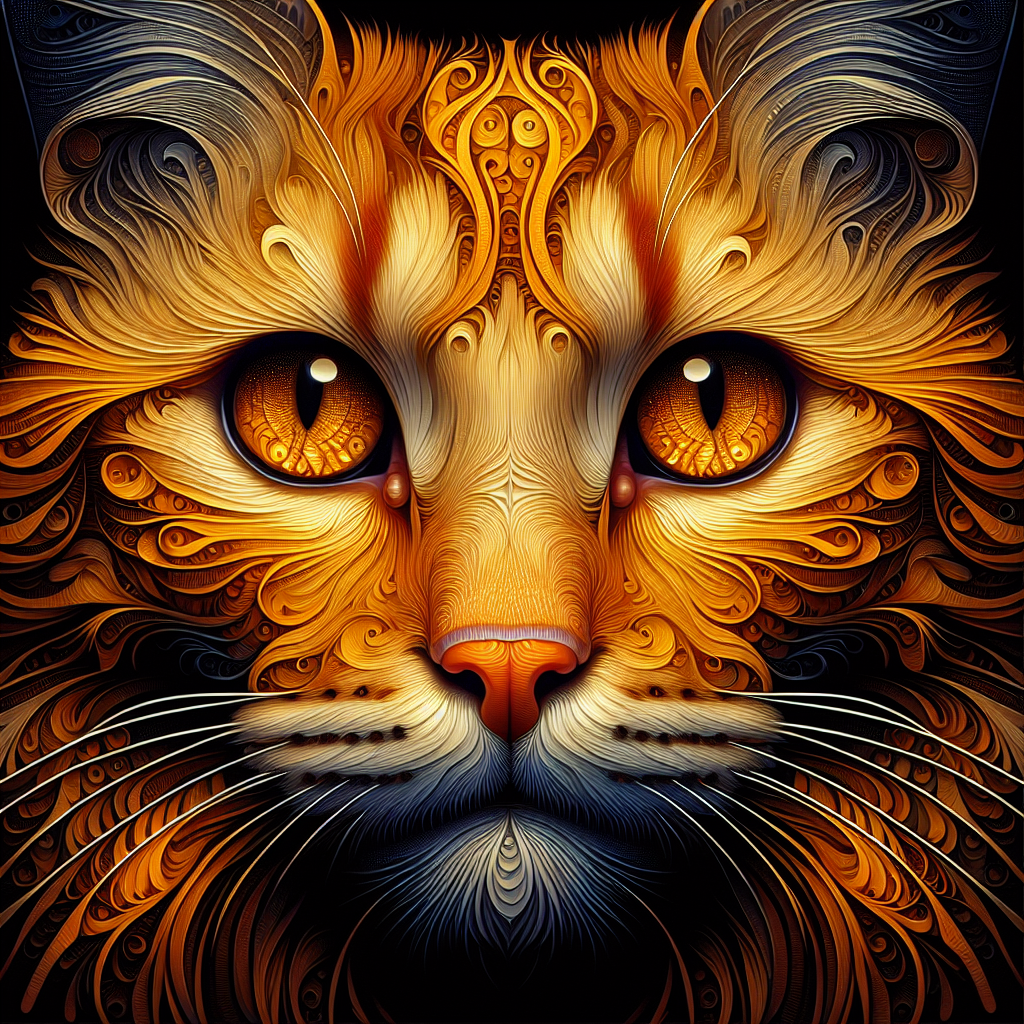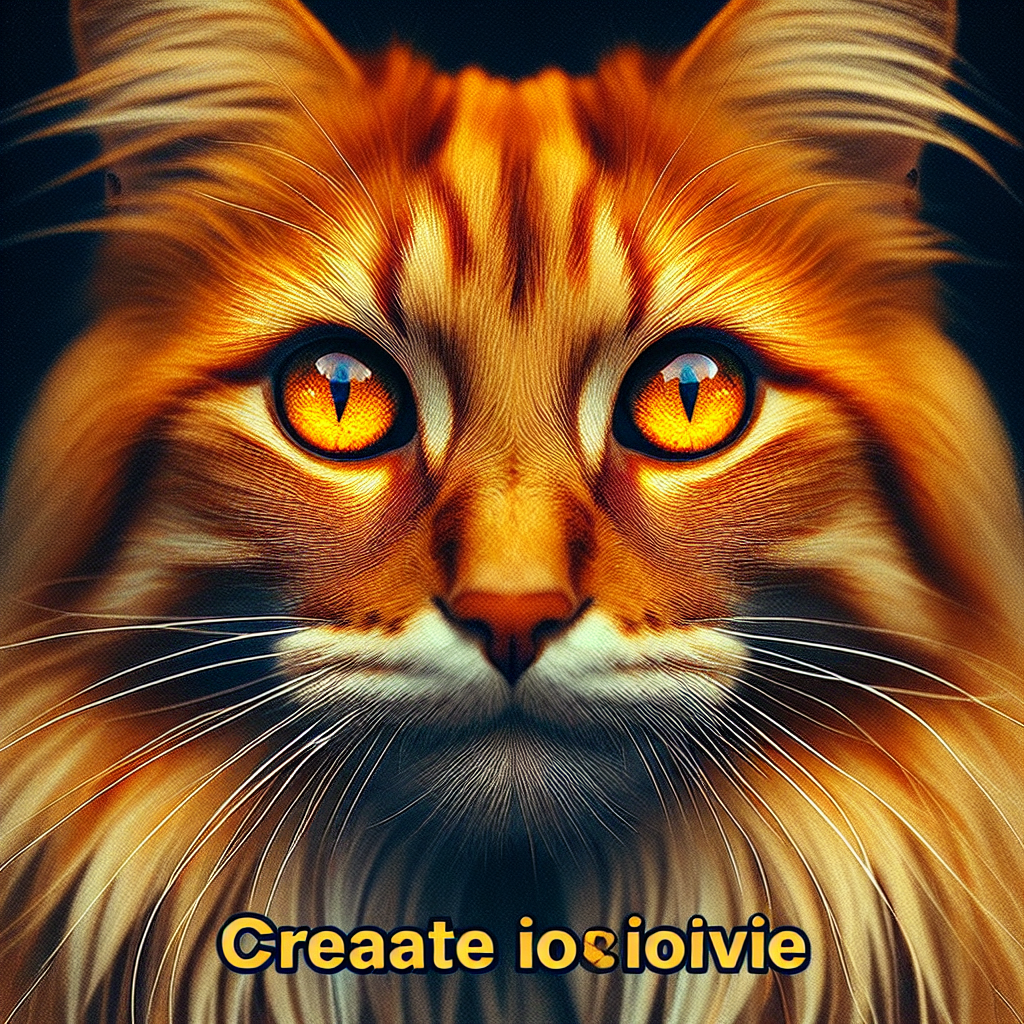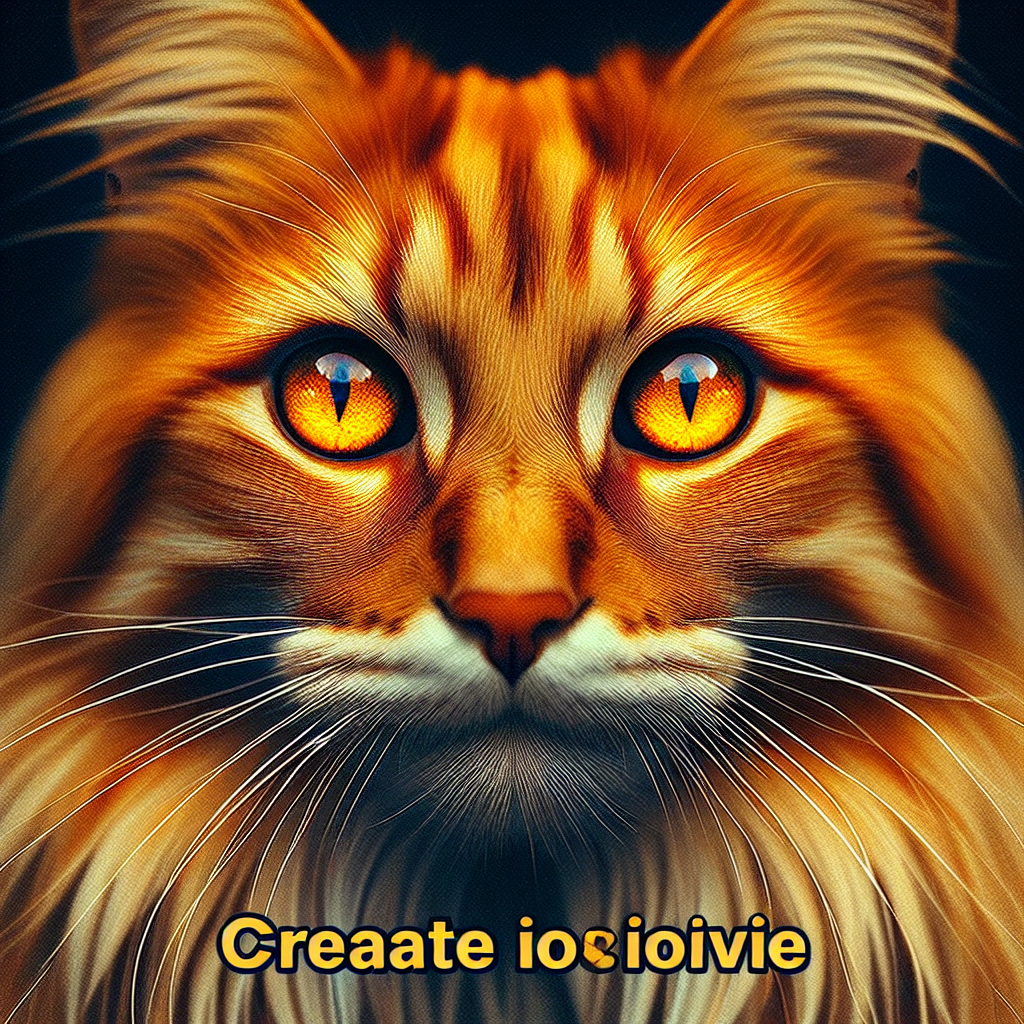Have you ever wondered about the origins of those adorable orange tabby cats? Well, it turns out that their unique coat color is not just a coincidence! In this article, we will explore the fascinating history and origins of orange tabby cats, revealing the surprising factors that contribute to their distinctive appearance. From ancient folklore to genetic mutations, get ready to uncover the delightful secrets behind these charming feline companions. So, sit back, relax, and embark on a journey to unravel the captivating story of orange tabby cats.

Genetics of Orange Tabby Cats
Orange fur color gene
Orange tabby cats, also known as ginger or marmalade cats, possess a unique genetic makeup that contributes to their striking coat color. The vibrant orange fur is a result of a gene known as the ‘orange fur color gene’, also referred to as the O gene. This gene is responsible for the production of red and yellow pigments called pheomelanin. When the O gene is dominant, it overrides any other color genes present, resulting in the iconic orange coloration of tabby cats.
Influence of sex on fur color
Interestingly, the orange fur color gene is linked to the X chromosome, one of the two sex chromosomes. Since female cats possess two X chromosomes, they have the potential to inherit two copies of the O gene, making it more likely for them to have orange fur. In contrast, male cats have both an X and a Y chromosome, meaning they only possess one copy of the O gene. As a result, male tabbies have a 50% chance of inheriting the orange fur color gene, leading to a greater number of orange tabby males than females.
Variations in shades of orange
While orange tabbies are known for their captivating orange hue, the range of shades can vary greatly. Some orange tabbies may have a deep, reddish-orange color, while others may display a lighter, more golden shade. These variations in color can be influenced by various factors, including genetics and environmental factors. However, the exact mechanisms behind these variations are not yet fully understood.
Evolutionary History
Domestication of wild cats
The lineage of orange tabby cats can be traced back to the domestication of wild cats thousands of years ago. Wild cats were initially attracted to human settlements due to the abundance of rodents, leading to a mutually beneficial relationship with humans. Over time, humans began to selectively breed cats with desirable traits, including specific coat colors and patterns, which ultimately contributed to the emergence of orange tabby cats.
The role of natural selection
Through the process of natural selection, orange tabby cats have successfully adapted to various environments and thrived in their surroundings. The distinctive orange fur color may have served as a camouflage mechanism in certain habitats, allowing tabby cats to blend into their surroundings more effectively. As a result, orange tabbies had a higher likelihood of survival and reproduction, perpetuating their genetic traits over time.
Genetic mutations leading to orange tabby cats
Just as other coat colors and patterns in cats can be the result of genetic mutations, the same applies to orange tabby cats. Mutation in the MC1R gene, responsible for determining coat color, can result in the production of orange pigments. This genetic anomaly, coupled with selective breeding and natural selection, has led to the prevalence of orange tabby cats in domestic feline populations today.
The Tabby Pattern
The origin of the tabby pattern
The term “tabby” refers to a specific coat pattern characterized by stripes, swirls, or spots. It is believed that the tabby pattern originated from ancient wild cats, where it served as a form of camouflage in various natural environments. This pattern eventually became more prominent in domesticated cats, including orange tabby cats.
Different types of tabby patterns
There are several distinct types of tabby patterns, each with its own unique characteristics. The classic or “blotched” tabby pattern features bold, dark stripes that create a marbled or swirled effect on the cat’s fur. Another type, the mackerel tabby pattern, displays thin, parallel stripes resembling the bones of a fish. Additionally, there are spotted tabbies, where the stripes have evolved into spots, and ticked tabbies, which have a fine, speckled appearance. Orange tabby cats can exhibit any of these tabby patterns, further adding to their individuality.
Historical Depictions of Orange Tabby Cats
Ancient Egyptian art
Orange tabby cats have a long-standing presence in human history and have even been revered in ancient civilizations. In Ancient Egypt, they were highly regarded and featured prominently in their art and culture. These feline companions were thought to bring good luck and were often associated with the Sun God Ra due to their vibrant orange color.
Medieval Europe
During Medieval Europe, orange tabby cats were once again depicted in various forms of artwork, particularly in religious contexts. They were often associated with witches, as their unique coat color was believed to be a sign of witchcraft. Despite this association, orange tabby cats also symbolized protection against evil spirits and were kept as cherished pets in many households.
Orange tabbies in folklore and literature
Throughout centuries, orange tabby cats have appeared in numerous folklores, myths, and works of literature. In folklore, they were sometimes believed to possess magical powers or act as shape-shifters. Famously, the mischievous character Puss in Boots from the fairytale by Charles Perrault is an orange tabby cat. Their presence in literature and folklore attests to their enduring fascination and place in human culture.

Orange Tabby Cats in Popular Culture
Famous orange tabby cat characters
Orange tabby cats have also made their mark in popular culture through various fictional characters. One beloved example is Garfield, the lasagna-loving and sarcastic comic strip character created by Jim Davis. Another well-known orange tabby is Hobbes, the imaginary friend of Calvin from the Calvin and Hobbes comic strip by Bill Watterson. These iconic characters have furthered the association of orange tabbies with charm, wit, and mischievousness in the public’s eye.
Orange tabbies in movies and television
Orange tabby cats have also had notable appearances in movies and television shows. One prominent example is Mr. Jinx, the witty and playful cat from the comedy film “Meet the Parents.” In the world of animation, the character Thomas O’Malley from Disney’s “The Aristocats” enchants audiences with his adventurous spirit and charismatic personality. The presence of orange tabby cats in popular culture serves to highlight their unique and endearing qualities.
Symbolism of Orange Tabby Cats
Beliefs and superstitions surrounding orange tabbies
Orange tabby cats have often been associated with various beliefs and superstitions across different cultures. In some cultures, they are believed to bring good luck and prosperity to their owners. Others consider them sacred or even as symbols of wealth. However, it is important to remember that these beliefs are rooted in folklore and superstition rather than scientific fact.
Perceived traits and personalities
Beyond symbolic associations, orange tabby cats are commonly believed to possess certain personality traits. Many people describe them as friendly, outgoing, and affectionate. They are known for being sociable and adaptable, making them great companions for individuals and families alike. While individual cat personalities vary, orange tabby cats are often praised for their loving and playful nature.
Health Issues and Concerns
Increased risk for certain diseases
While orange tabby cats do not possess any inherent health issues directly related to their coat color, there are specific health concerns that may affect them. Due to their genetic predisposition and potential breeding practices, they may be more susceptible to certain diseases, such as hypertrophic cardiomyopathy (HCM) and kidney disease. It is crucial for owners to be aware of these risks and ensure regular veterinary care to maintain their cat’s overall well-being.
Frequent dental problems
Another common health issue that orange tabbies, like many other cats, may face is dental problems. Tartar buildup, periodontal disease, and dental decay can all impact their oral health. Regular dental care, including brushing their teeth and providing appropriate dental treats or toys, can help alleviate these issues and maintain their dental hygiene.
Popular Breeds with Orange Tabby Varieties
Maine Coon
The majestic and gentle Maine Coon is one of the most popular cat breeds featuring orange tabby individuals. Known for their large size, tufted ears, and bushy tails, these cats often exhibit the vibrant orange fur characteristic of tabby cats. Their affectionate and sociable nature makes them beloved companions in many households.
American Shorthair
The American Shorthair breed also boasts orange tabby variations. These cats are known for their sturdy build, round faces, and striking tabby patterns. Renowned for their independent yet friendly demeanor, American Shorthairs continue to be cherished pets that can come in various colors and patterns, including the ever-charming orange tabby coat.
British Shorthair
The British Shorthair breed, with its stocky build and round, expressive eyes, is another breed that occasionally features orange tabby individuals. Whether with a classic tabby pattern or the unique silver tabby, these cats capture attention with both their distinctive appearance and gentle nature. Their calm and reserved personality makes them ideal companions for those seeking a more laid-back feline friend.
Adopting an Orange Tabby Cat
Finding reputable breeders
If you are considering adopting an orange tabby cat, it is essential to find a reputable breeder who prioritizes the health and well-being of their cats. Research different breeders, visit their facilities, and ask questions about their breeding practices and the overall care provided to their cats. Responsible breeders will ensure that their cats are vaccinated, well-socialized, and provided with a loving environment.
Rescue organizations and shelters
For those who prefer adopting a cat in need, rescue organizations and shelters can be a great option. Many orange tabby cats end up in shelters, waiting for their forever homes. By adopting from a shelter, you not only provide a loving home for a cat in need but also contribute to reducing the number of homeless animals. These cats often make wonderful companions and will greatly appreciate the love and care you provide.
Unique Characteristics of Orange Tabby Cats
Distinctive coat color and patterns
The most distinguishable characteristic of orange tabby cats is, of course, their vivid and eye-catching coat color. Whether sporting bold stripes, delicate swirls, or captivating spots, their unique patterns add to their charm and individuality. Their coats often have a warm undertone that complements their friendly and inviting nature.
Personality traits
Alongside their striking appearance, orange tabby cats are widely appreciated for their delightful personalities. They are known to be sociable, affectionate, and adaptable. Many orange tabbies enjoy human companionship and are often described as extroverts. Their playful nature and outgoing personalities make them a joy to have as part of the family.
In conclusion, orange tabby cats have a rich genetic history, captivating coat colors and patterns, along with a long-standing presence in human culture. Whether you are drawn to their unique characteristics, their symbolism, or their fascinating genetic makeup, orange tabby cats continue to captivate the hearts of cat lovers around the world. From their origins in ancient civilizations to their prominent roles in popular culture, these vibrant felines bring joy and companionship to countless households. So, if you are considering adopting a cat, an orange tabby might just be the perfect addition to your family.

